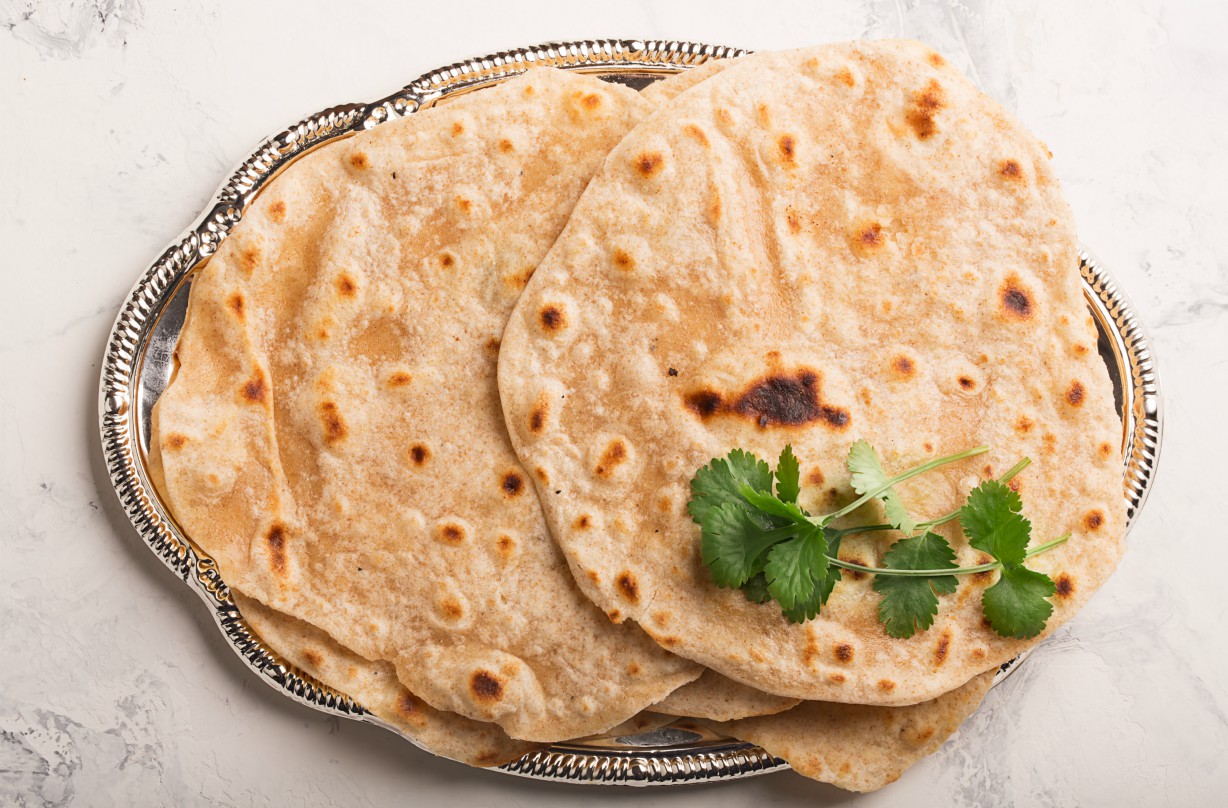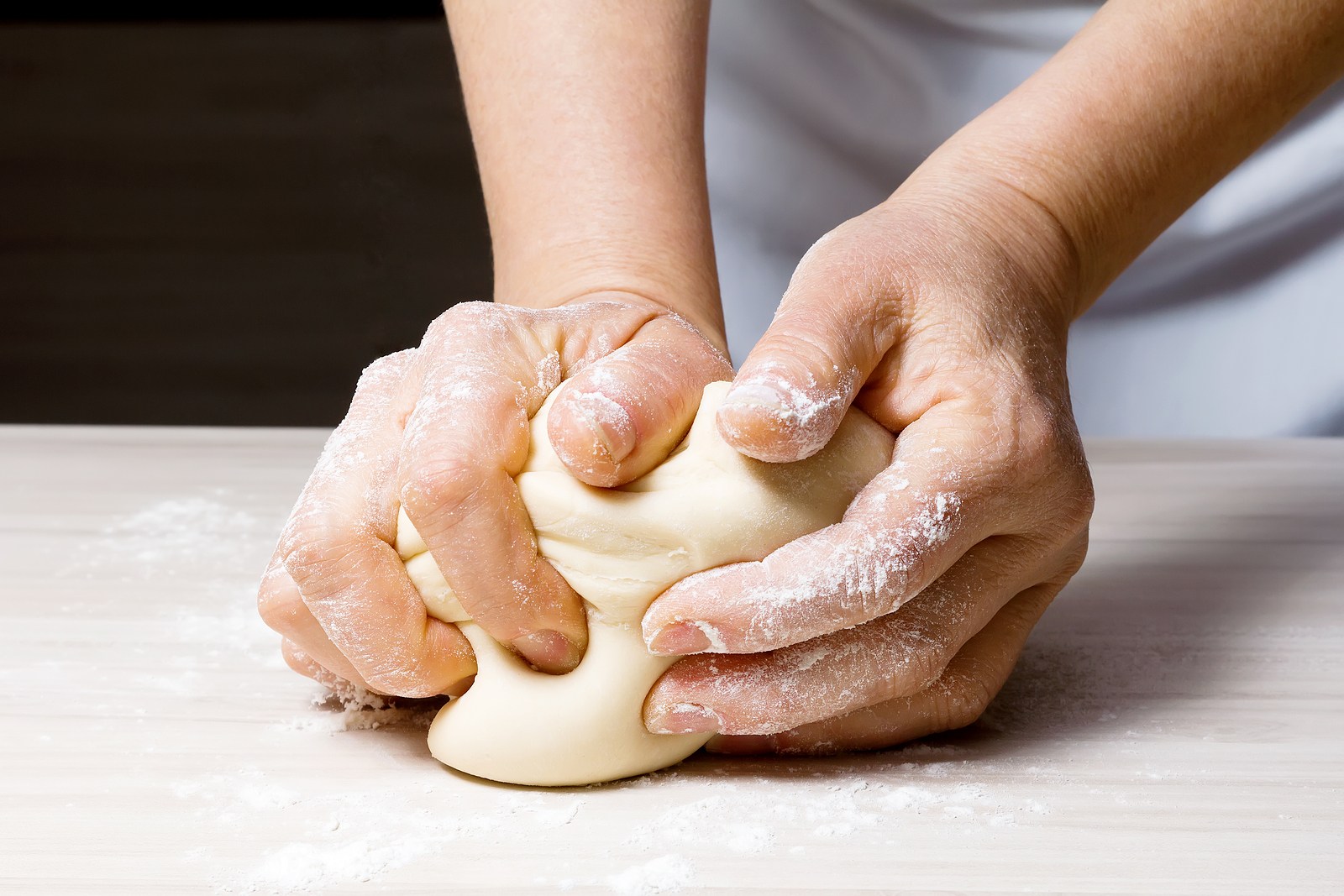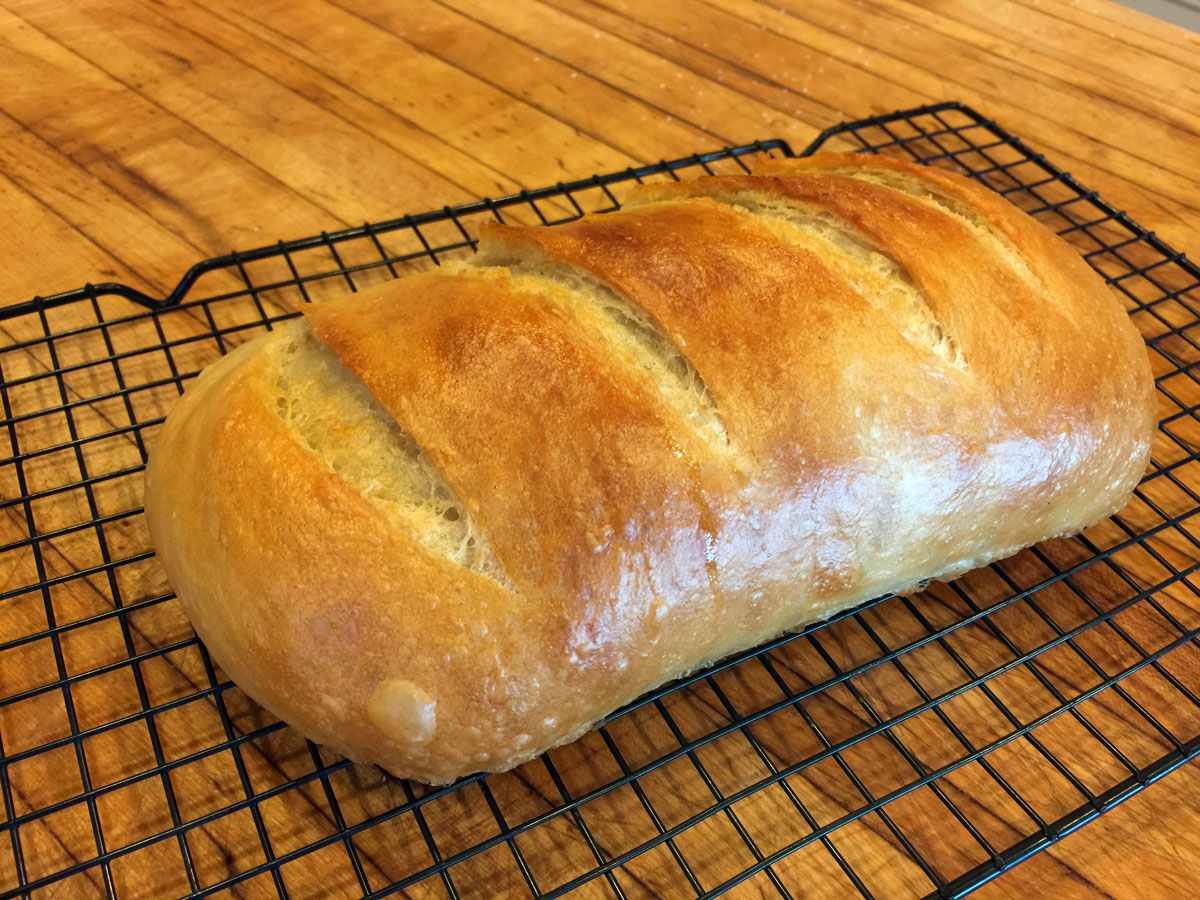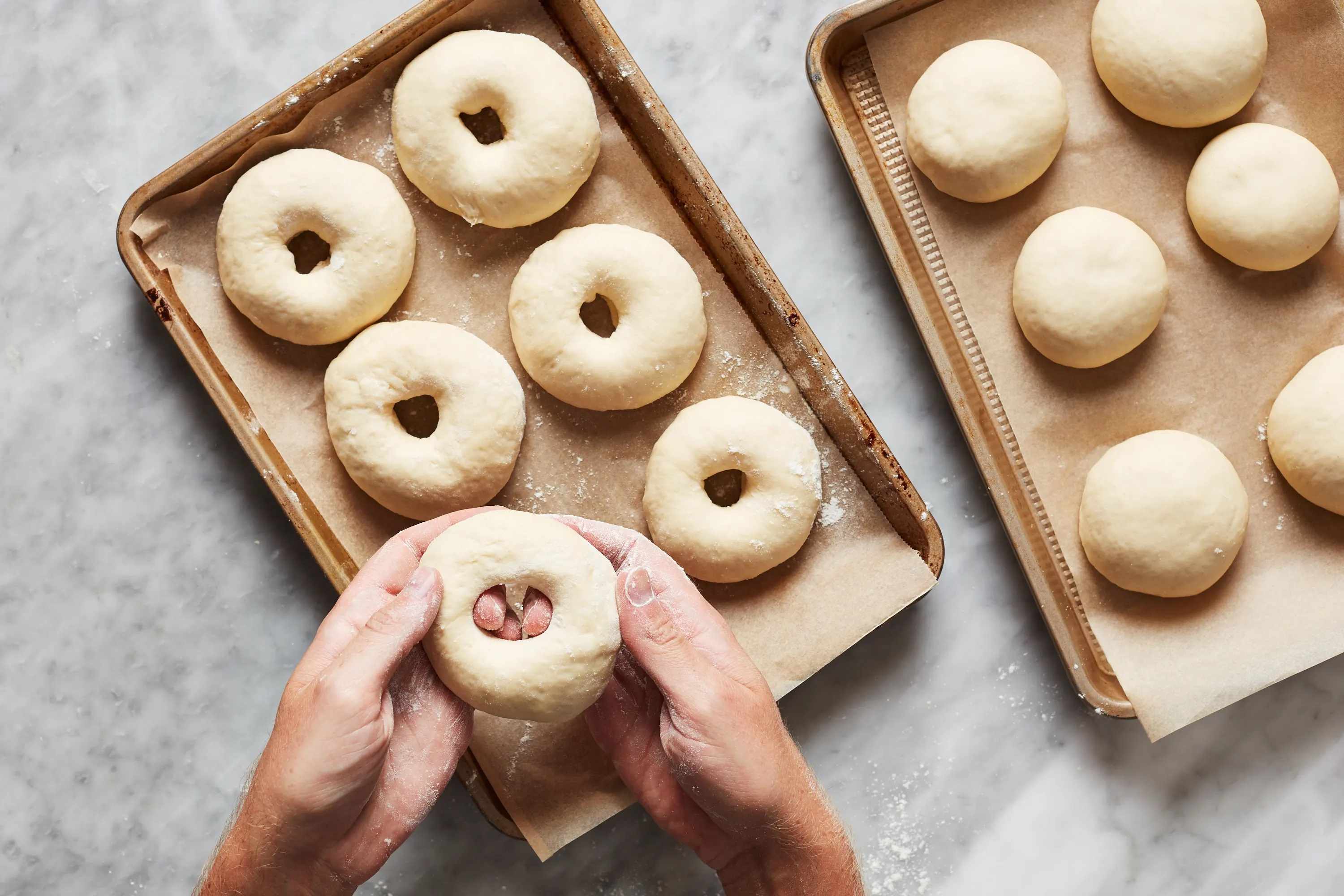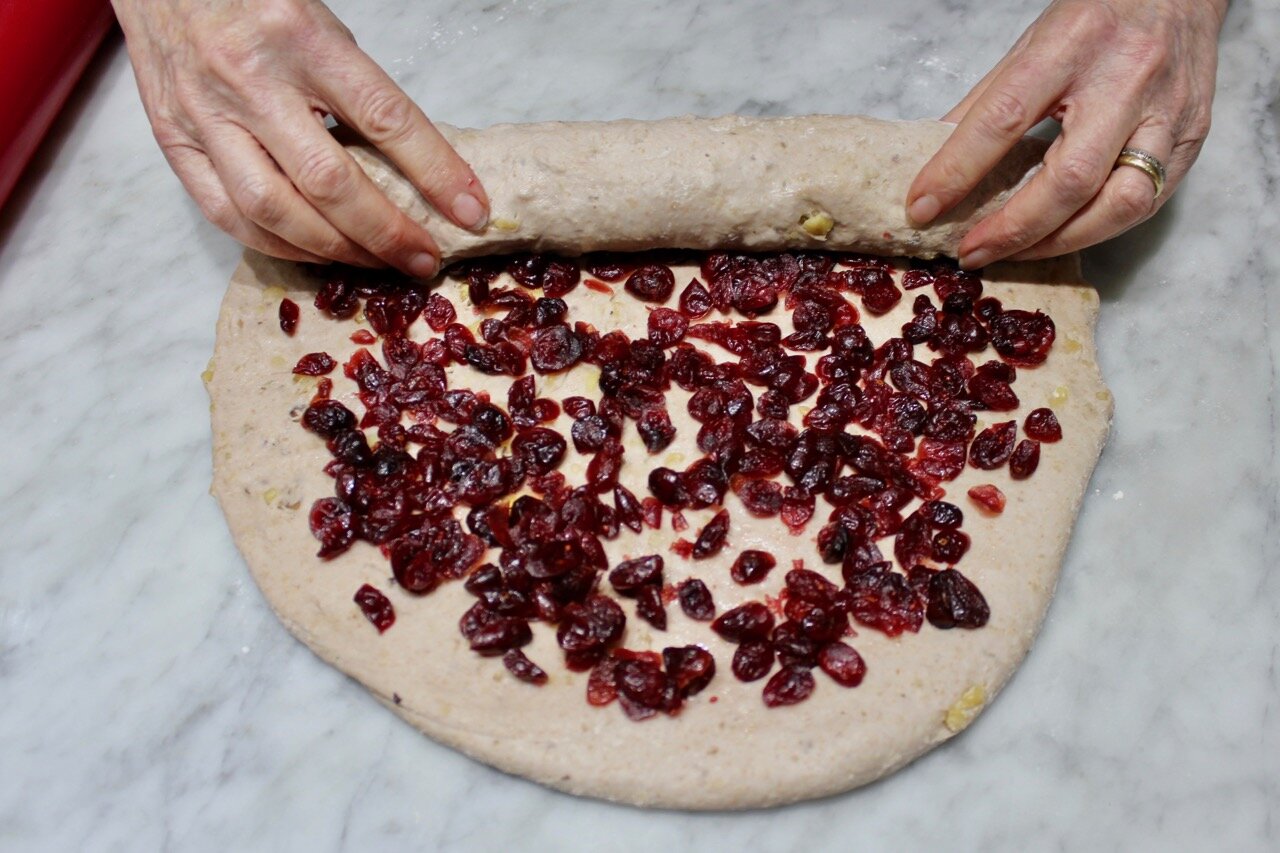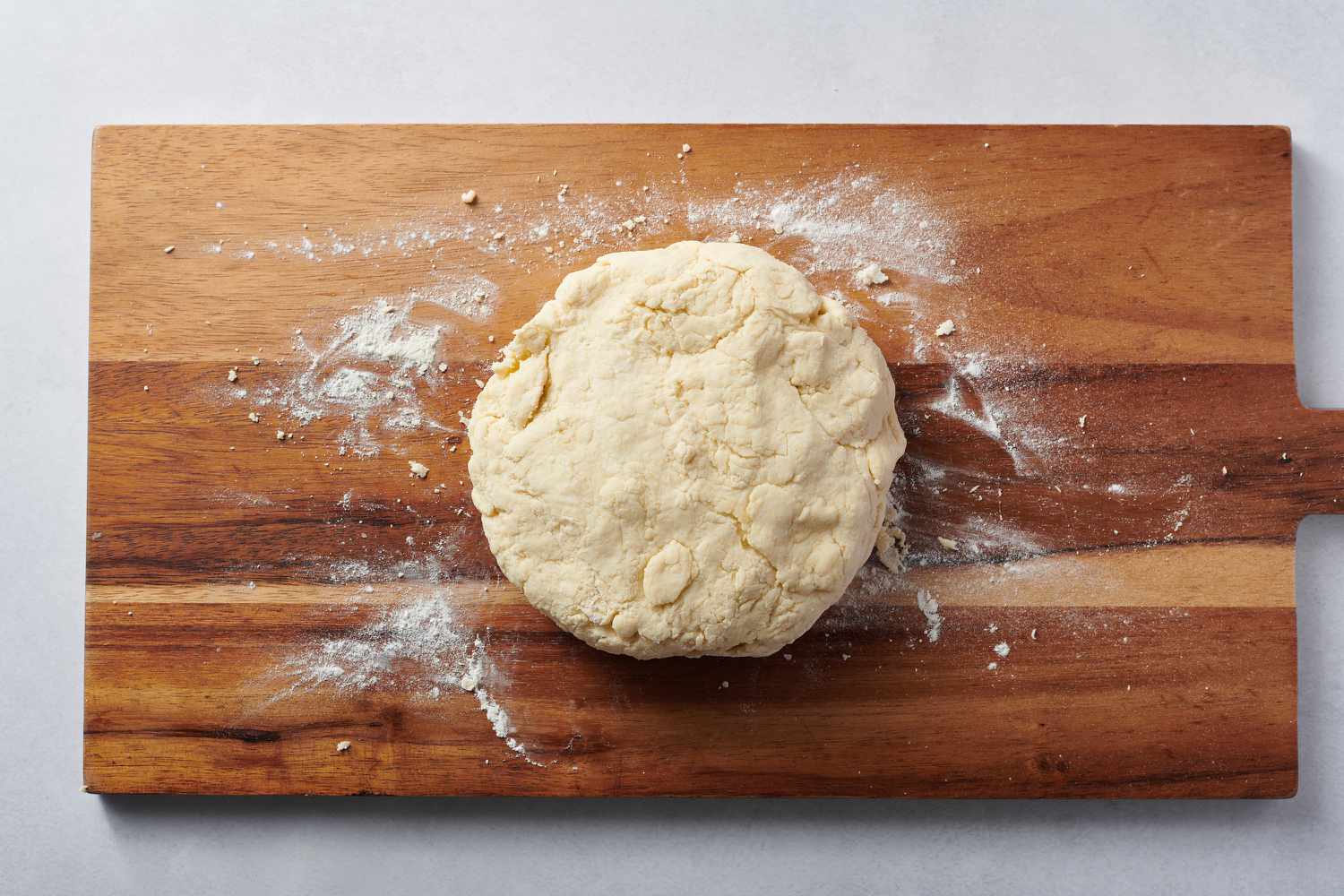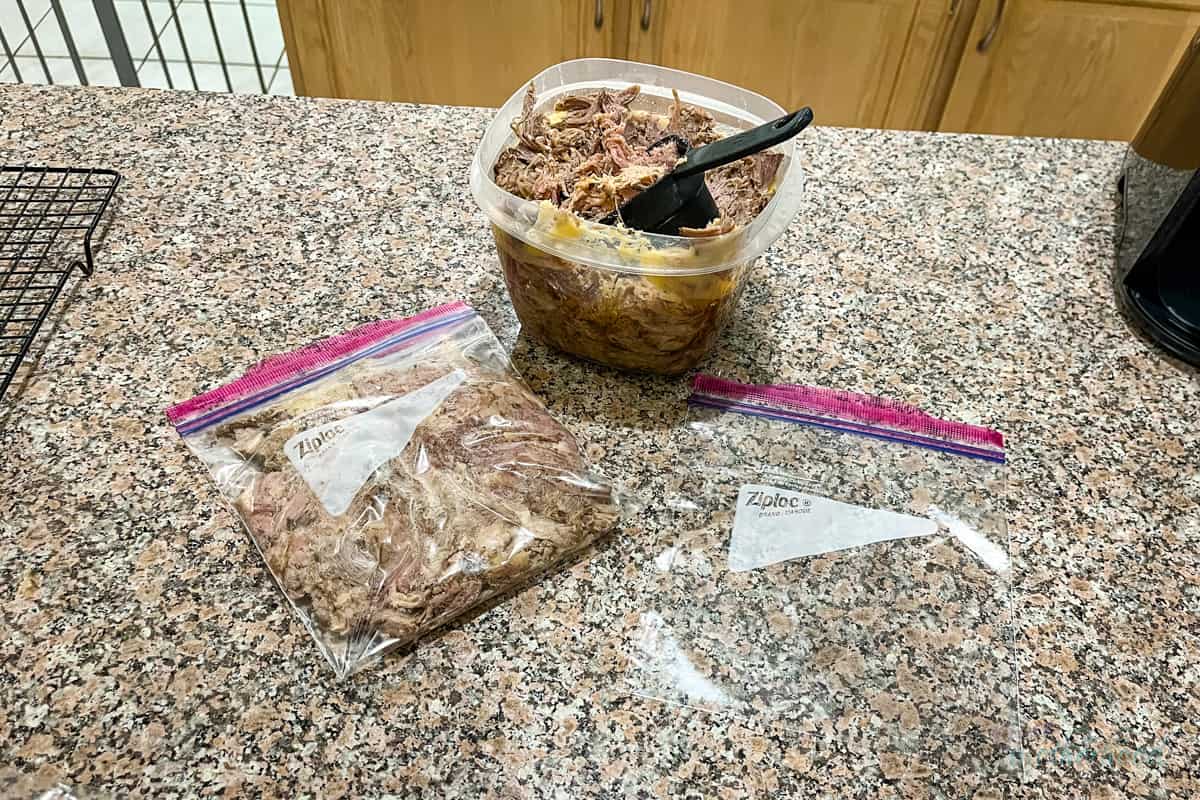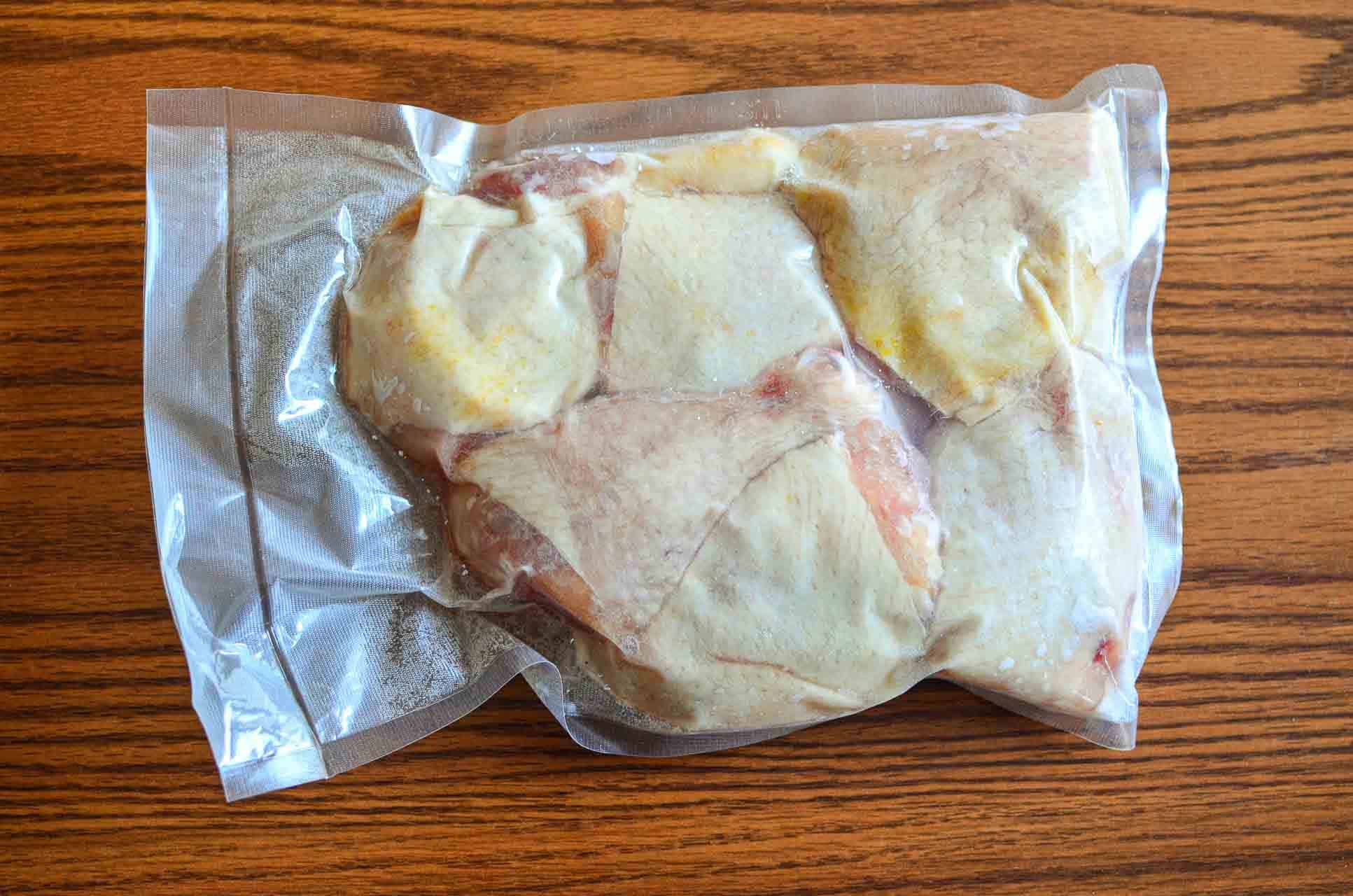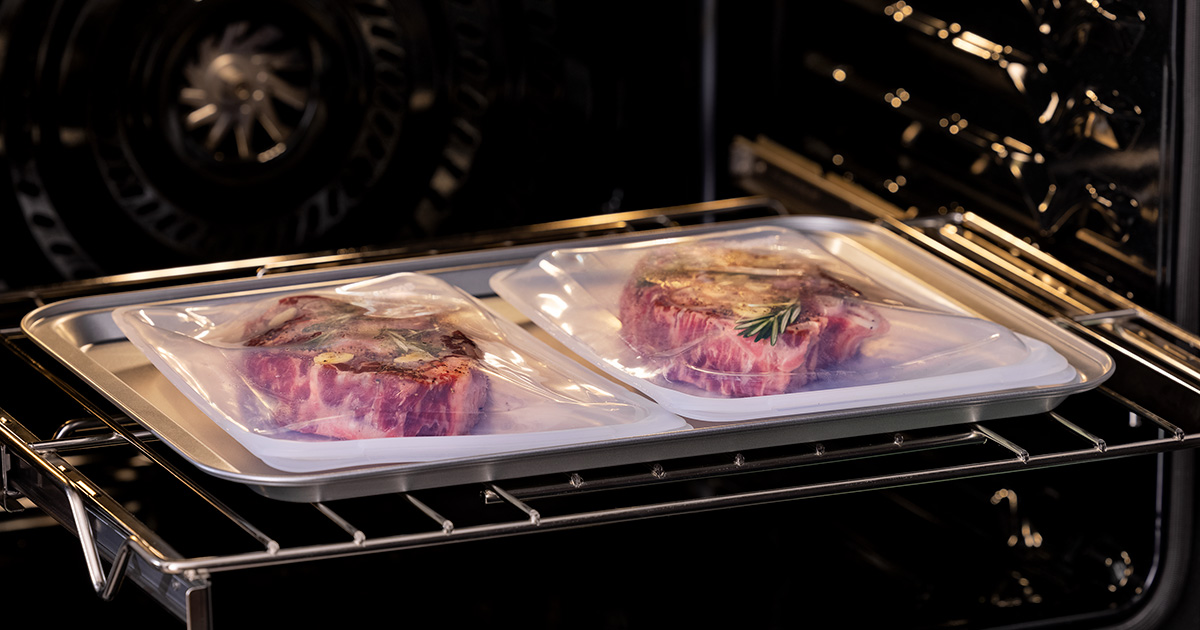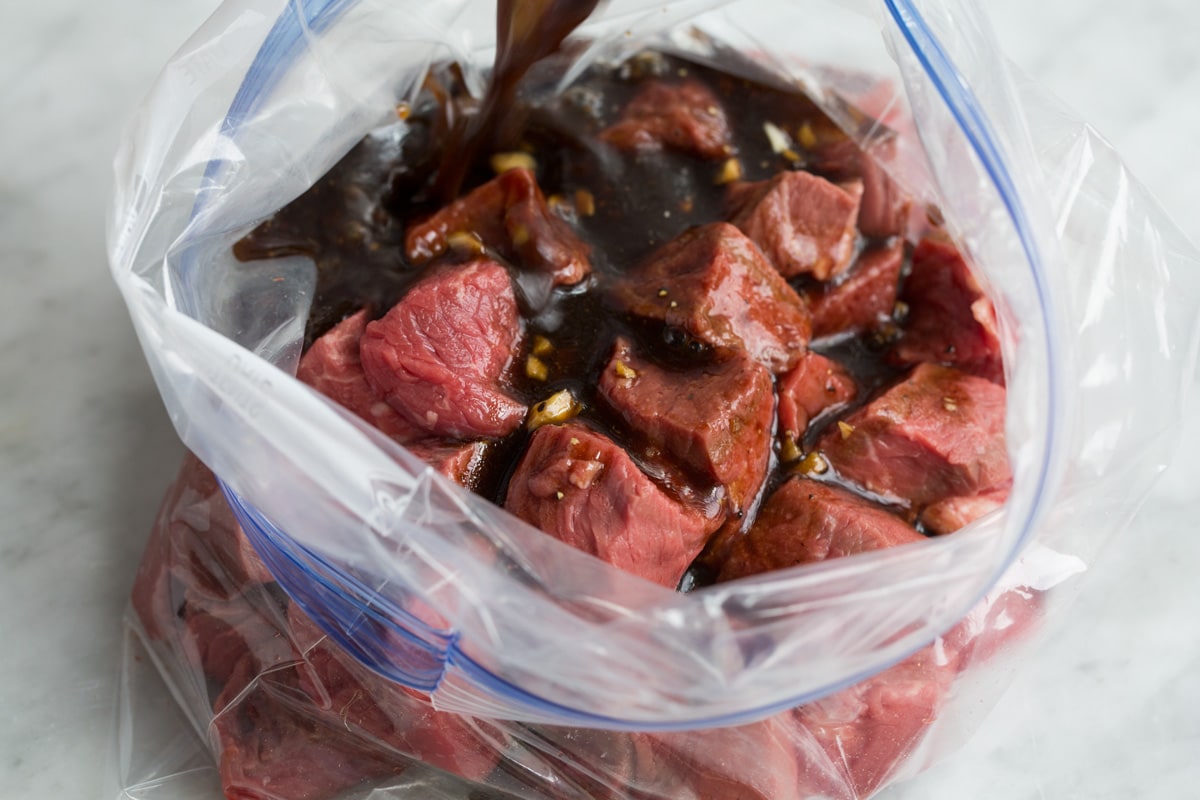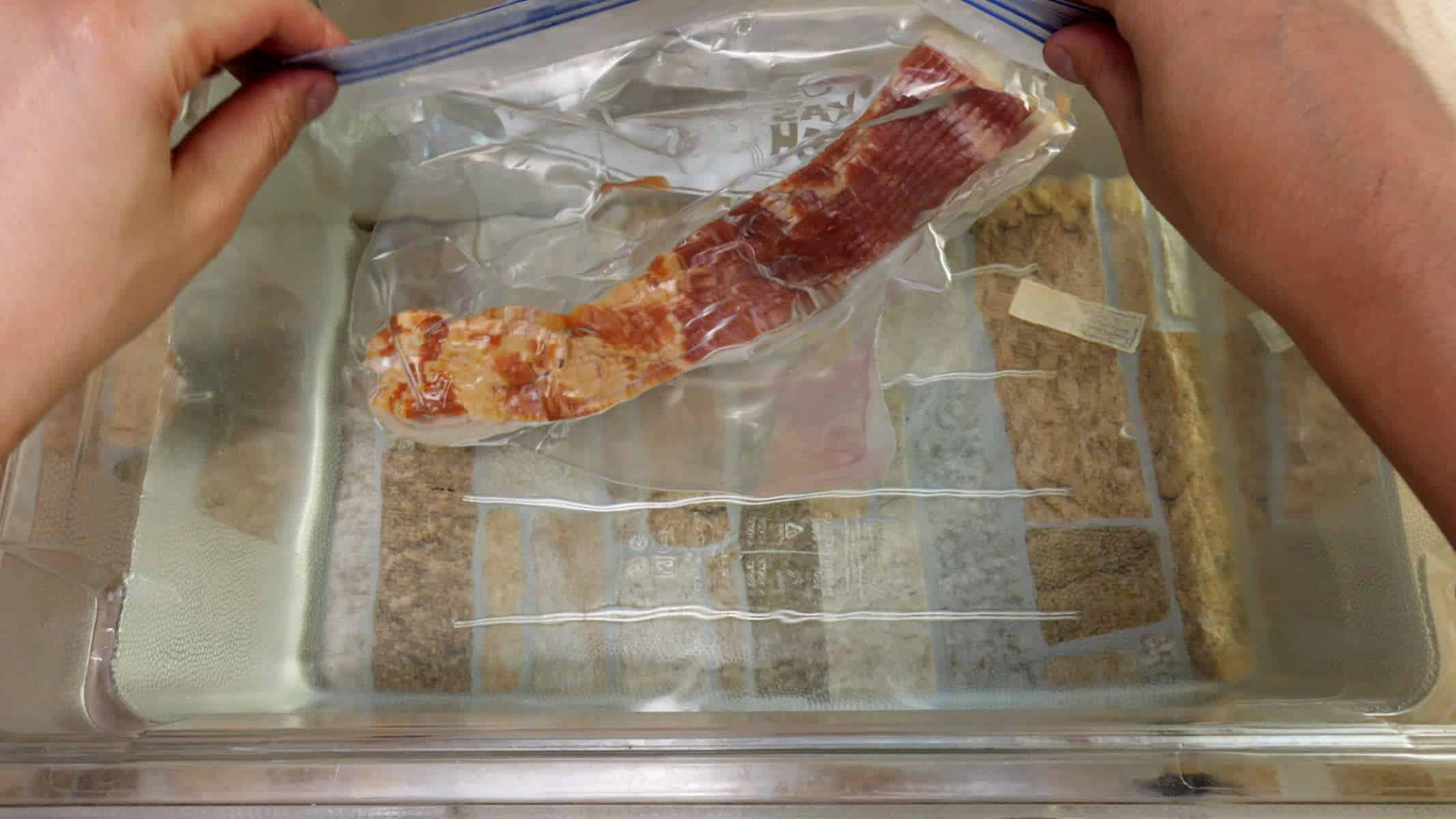Mastering the Art of Kneading Whole Wheat Dough
Whole wheat dough is a versatile and nutritious option for making bread, pizza, and other baked goods. However, working with whole wheat dough can be a bit different from traditional white dough. Kneading whole wheat dough requires a bit of finesse and understanding of the unique characteristics of whole wheat flour. In this guide, we’ll explore the steps to kneading whole wheat dough like a pro.
Understanding Whole Wheat Flour
Whole wheat flour is made from the entire wheat kernel, including the bran and germ, which gives it a coarser texture compared to all-purpose flour. The bran and germ also contain natural oils that can make whole wheat dough more prone to becoming dense and heavy if not kneaded properly. When kneading whole wheat dough, it’s important to develop the gluten structure while being mindful of the potential for the dough to become tough.
Steps to Kneading Whole Wheat Dough
Follow these steps to achieve perfectly kneaded whole wheat dough:
- Combine the Ingredients: In a mixing bowl, combine the whole wheat flour, water, yeast, salt, and any other desired ingredients for flavor, such as honey or olive oil.
- Mix the Dough: Use a wooden spoon or your hands to mix the ingredients until a shaggy dough forms.
- Knead the Dough: Turn the dough out onto a lightly floured surface. Use the heel of your hand to push the dough away from you, then fold it back over itself. Continue this motion, adding more flour as needed to prevent sticking, until the dough becomes smooth and elastic. This process may take about 10-15 minutes.
- Rest the Dough: Place the kneaded dough back into the mixing bowl and cover it with a clean kitchen towel. Allow the dough to rest for about 10-15 minutes to relax the gluten.
- Additional Kneading (Optional): If the recipe calls for additional kneading after the initial rest, gently knead the dough for a few more minutes to further develop the gluten structure.
Tips for Kneading Whole Wheat Dough
Here are some additional tips to keep in mind when kneading whole wheat dough:
- Use a Light Touch: Whole wheat dough can become dense if overworked, so it’s important to knead with a gentle and patient touch.
- Adjust the Hydration: Whole wheat flour may require slightly more water than all-purpose flour, so be prepared to adjust the hydration of the dough as needed to achieve the right consistency.
- Be Mindful of Resting Time: Allowing the dough to rest at various stages is crucial for gluten relaxation and better dough handling.
- Experiment and Learn: Kneading whole wheat dough is as much about feel as it is about following a recipe. Don’t be afraid to experiment and learn from each batch of dough you knead.
Conclusion
Kneading whole wheat dough requires patience, practice, and an understanding of the unique characteristics of whole wheat flour. By following the steps outlined in this guide and keeping these tips in mind, you can master the art of kneading whole wheat dough and create delicious, wholesome baked goods.
For those looking to master the art of kneading whole wheat dough, there are a variety of recipes to try. Start with Whole Wheat Dinner Rolls RecipeWhole Wheat Dinner Rolls for a simple yet satisfying bake. If you're in the mood for something more adventurous, the Whole Wheat Bagels RecipeWhole Wheat Bagels provides a fun challenge with a chewy reward. The Whole Wheat Naan RecipeWhole Wheat Naan is perfect for those wanting to pair their bread with curries or dips. Finally, the Whole Wheat Sourdough Bread RecipeWhole Wheat Sourdough Bread offers a tangy twist for those willing to experiment with fermentation. Each of these recipes will give you a great opportunity to practice and perfect your kneading skills, ensuring delicious results every time.
